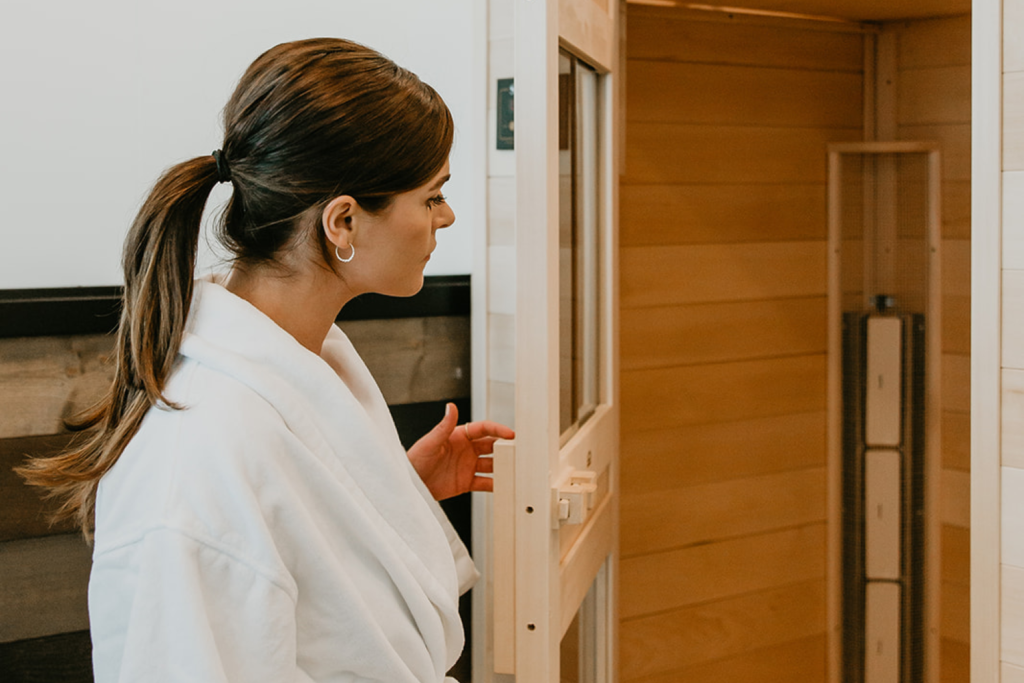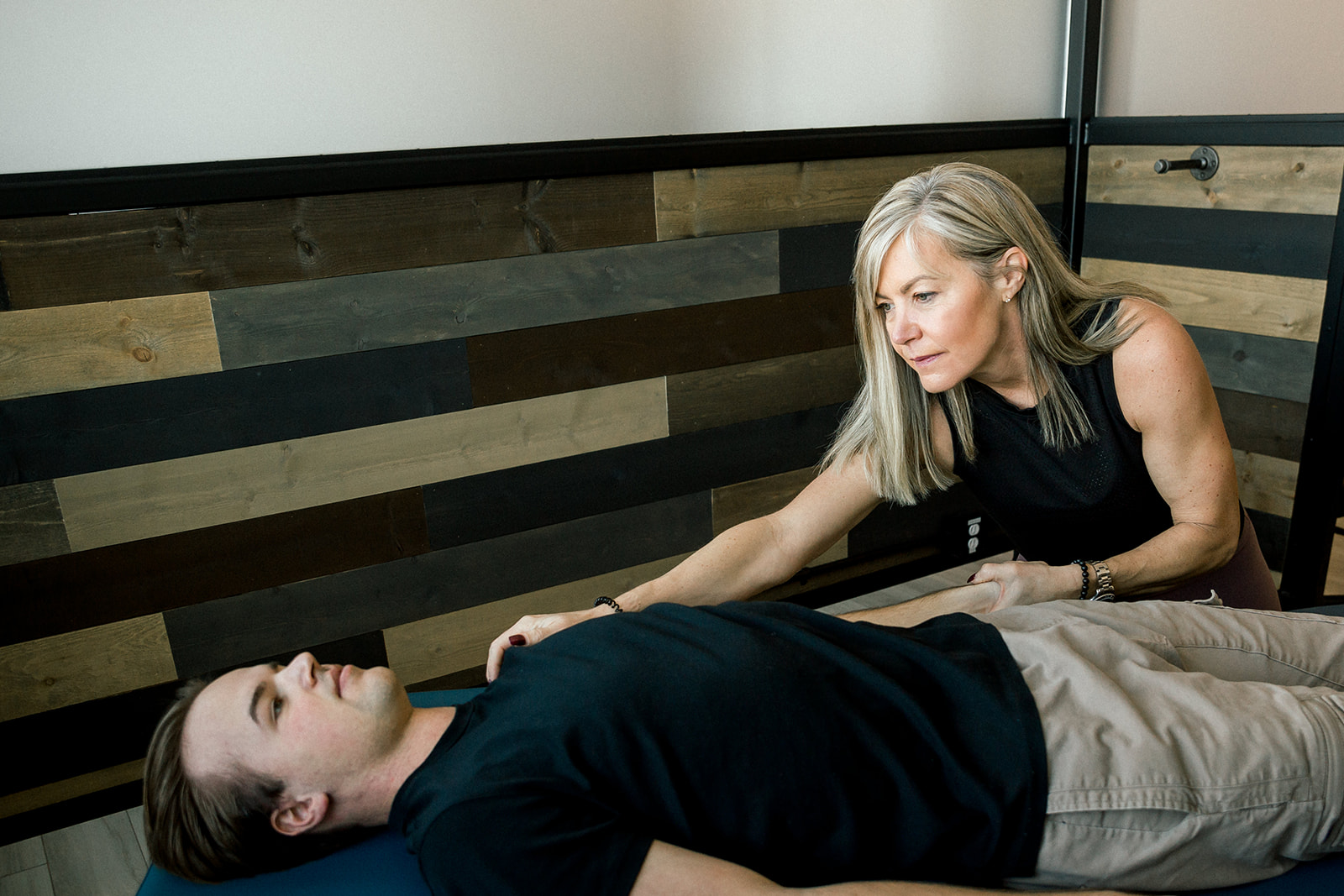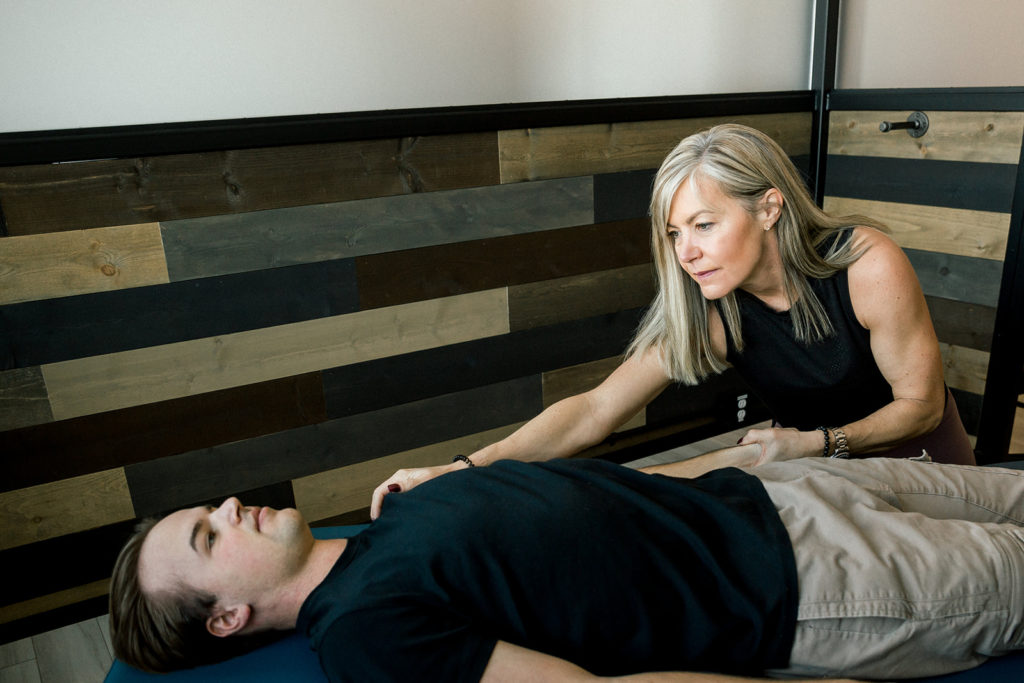Many people think that arthritis is caused only by general wear and tear on the body as we age. What you may not realize is that when we get hurt, our injured joints are 7 times more likely to develop arthritis than in those who weren’t injured.
Even if you receive proper therapy after an injury, you are more likely to develop post-traumatic arthritis in the joint you injured.
Thankfully, with a combination of non-invasive therapies like physiotherapy, and hot & cold therapies, you can reduce the inflammation and pain you feel in your joints.
What Is Post-Traumatic Arthritis?
Post-traumatic arthritis refers to arthritis caused by an acute injury to the joints. Although most cases of post-traumatic arthritis resolve on their own after a few months, some cases can become chronic.
Post-traumatic arthritis is a type of osteoarthritis, accounting for about 12% of osteoarthritis cases. The ends of the bones that make up the joints are wrapped in a smooth tissue called articular cartilage that allows bones in joints to glide smoothly together and keeps them from grinding against each other.
What’s the Difference Between Post-Traumatic Arthritis & Osteoarthritis?
- Osteoarthritis is the breakdown of articular cartilage. This breakdown can eventually lead to painful bone-on-bone contact.
- Post-traumatic arthritis is a type of osteoarthritis caused by an injury, such as a bone fracture or dislocation.
Symptoms of Arthritis
Joint pain is the most common symptom of post-traumatic arthritis. The pain appears gradually, beginning months or years after a joint injury. Resting the joint relieves pain in the early stages; however, you may experience constant pain as time passes.
Other symptoms of post-traumatic arthritis include:
- Joint stiffness
- Joint swelling
- Limited range of motion in the joint
- Fluid accumulation around the joint
- The sensation of grinding, creaking, or crunching in the joint
How Is Post-Traumatic Arthritis Diagnosed?
Your healthcare provider will perform a physical exam and imaging tests to diagnose post-traumatic arthritis. Your doctor will move your joint, ask about your symptoms, and, if possible, compare your joint and its range of motion to what it was before your injury.
How to Prevent It
You can prevent joint trauma and fractures by avoiding activities like high-intensity, high-impact sports. But avoiding these activities isn’t always reasonable if you enjoy them. Instead, you can take extra measures like:
- Wearing protective gear like knee pads & wrist guards
- Wear your seatbelt
- Avoid clutter in your home or workspace that might cause you to trip

Treatment for Arthritis
When you need post-traumatic arthritis care, the goal is to first alleviate pain and other symptoms using the least invasive treatments.
Physiotherapy
Although it may seem counterintuitive, exercising your injured joint in specific, gentle ways aids healing. “Use it or lose it,” as the saying goes. Your muscles and joints can stiffen and atrophy if you don’t move.
Physiotherapists treat injuries using a variety of treatment methods and techniques based on your situation. At Recovery lab, this may include:
- Joint mobilization
- Myofascial release
- Stretching and strengthening
- Range of motion assessment
- Hot and cold therapies
Cold Therapy
For centuries, people have relied on simple cold water to relieve pain.
Cold therapy is the practice of immersing yourself in water as a treatment tool for various health conditions, including arthritis pains. During cold therapy at Recovery Lab, we’ll immerse you in a cold pool.
A dip in icy water can help not only with current pain symptoms but also with your body’s healing process, which may help alleviate future pains. This therapy has been shown to partially relieve joint pain by reducing inflammation, swelling, and stiffness.
Doctors and physical therapists commonly prescribe hot and cold therapy in tandem because being immersed in heat, such as in an infrared sauna, followed by cold water immersion, is beneficial for everything from minor joint pains to arthritis flare-ups. Cold water’s numbing effect can also provide immediate pain relief.
Infrared Sauna
Infrared sauna therapy can help if you suffer from degenerative diseases, including arthritis.
Blood flow is increased at a similar rate to that seen during exercise by heating muscles with safe infrared rays. This benefits you because being physically active is difficult when your joints are stiff, swollen, and sore. It’s like a seated, relaxing workout without the effort.
Infrared light has also been shown to improve peripheral circulation, reduce inflammation, pain, and speed healing. This is exactly what tired, achy joints and muscles need.
Relieve Your Arthritis Symptoms
If you’re experiencing joint pain or arthritis due to an injury, contact the team at Recovery Lab. Our team has expertise in a variety of things, including wellness, exercise, and recovery. We will work with you to create a personalized treatment plan to reduce your pain and improve your quality of life.



